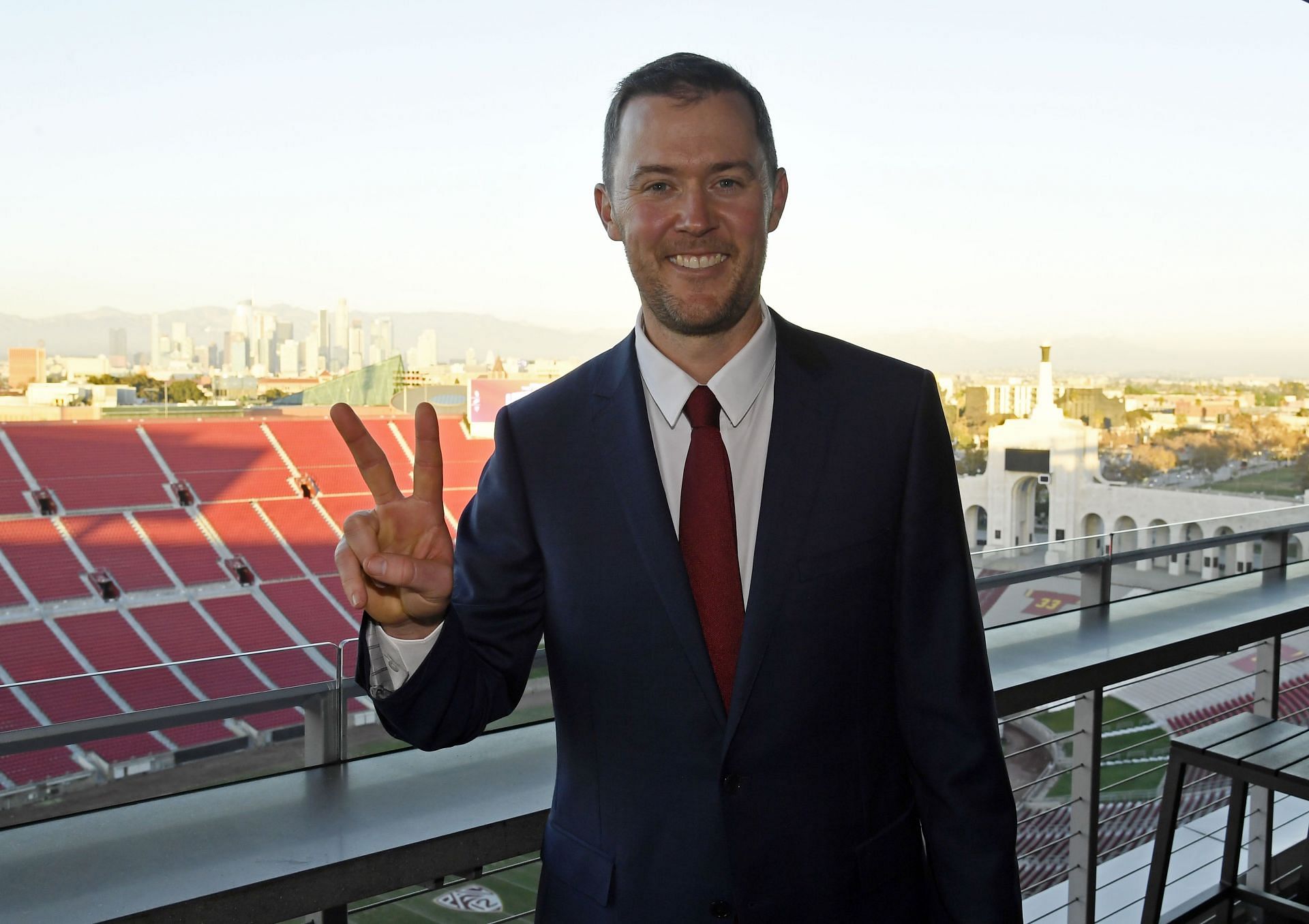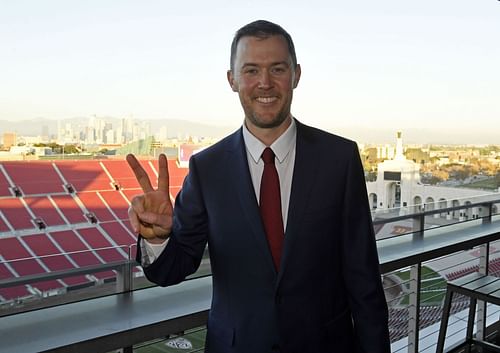
"It's just capitalism" - NFL analyst reckons new NIL rules should be implemented to limit the spending power

Name, image and likeness (NIL) is still the only topic anyone wants to discuss in the world of college football. The day the NCAA lost the Alston case verdict in the US Supreme Court was the day the landscape in college football changed forever.
The impact has been seismic and now podcaster John Middlekauff wants action to be taken by the NCAA to control the runaway train that is NIL. Speaking on his 3 and out podcast, Middlekauff had the following to say:
"Now ultimately, what's going to happen? There should be a cap. I mean, there's a cap in the NFL, why wouldn't there be a cap in the NIL."
He continued:
"There has to be another problem. The pushback would be well, there's no cap on Aaron Rodgers or Kyler Murray or Steph Curry and what they can earn outside of basketball. And that's ultimately what's happening here."
He concluded by saying:
"It's just capitalism. But they have to find a way where everyone's kind of playing by the same rules and then let the cream rise, right?"
Middlekauff presents a simple and reasonable idea, but the issue is anything but simple for the NCAA, and if a cap is feasible it would most likely already be in place.
What is NIL and why has it had such an impact?
The NIL rule is the ability for college athletes to make money off their name, image or likeness, through endorsements, or via online platforms such as Cameo. Previously, this was illegal, and any student caught profitting would lose their NCAA status.
Why has this impacted so much? One area this has affected the most is recruitment. Before NIL, students would commit to a college based on its reputation in their chosen sport, giving them a greater chance of progress, and for college football players, ultimately the best chance of being drafted.
With the old rules in place, universities like Georgia, Alabama and Oklahoma flourished, but now they are all under serious threat. Recruitment has become a battle of chequebooks, and the programs with the healthiest finances are now attracting the best players.
This has benefitted cash-rich universities like Texas A&M and USC the most, and they are now attracting players away from the recognised big five by effectively outbidding them. So why wouldn't the NCAA introduce a cap?
The NCAA lost this case decisively 9-0 in the US Supreme Court, costing them upwards of $60 million, so they are being forced to tread carefully. What they are also weary of is the antitrust lawsuits that will surely follow should they attempt to place restrictions on NIL. In the short-term, it appears little will change, so student athletes should cash in while they can.